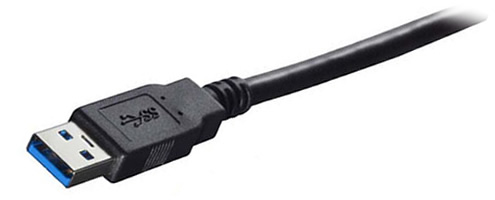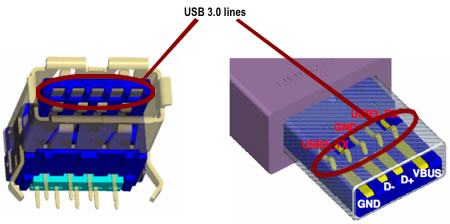Newsletter
_______________________________________________________
www.mittoni.com.au 28th June 2010
Experience blistering speeds of up to ten times faster than USB 2! Thanks to Lian Li, USB3 is now available to the mainstream. Lian Li have not one – not two – but NINE chassis now available ranging from elegant and understated corporate or SoHo style system housings through to superlative enthusiast level cases, every unit a leader in its product class.
Do you already own a Lian Li system housing, but would like to migrate to USB3 without a complete chassis upgrade? NO PROBLEM! Lian Li have got you covered with their upgrade kits for upgrading older PC case models to the latest SuperSpeed specifications.
Home PC/media PC
Corporate/server
Gamer
Enthusiast
Some quick facts about USB 3.0 thanks to Techspot
It's fast. The new standard breaks the 480Mb/s data transfer limit of USB 2.0 and takes it to a new theoretical maximum of 4.8Gb/s. Keep in mind that real-world performance can be considerably lower than that. USB 3.0 devices are not expected to reach their full potential at launch, but as the standard matures the USB-IF considers it reasonable to achieve a throughput of 3.2Gb/s, or just about enough to transfer a 27GB high definition movie in little over a minute rather than 15 or more with USB 2.0.
It's bi-directional. Unlike previous versions where data can only be piped in one direction at a time, USB 3.0 can read and write data simultaneously. This is achieved by adding two new lanes dedicated to transmit SuperSpeed data and another pair for receiving it, bringing the total number of connections from four on USB 2.0 (power, ground and two for sending/receiving non-SuperSpeed data) to nine counting the 3.0 ground contact.
Furthermore, the signaling method, while still host-directed, abandons device polling in favor of a new interrupt-driven protocol. This ensures that the USB host controller doesn't continually access a connected device in anticipation of a data transfer. Instead, USB 3.0 devices will send the host a signal to begin a data transfer.
It's more power efficient. The signaling method mentioned directly above also means that non-active or idle devices won't have their power drained by the host controller as it looks for active data traffic. Minimum device operating voltage is dropped from 4.4 V to 4 V. On the other hand, the USB-IF has upped the maximum bus power output from about 500 mA to 900 mA, which will enable power-hungrier devices to be bus-powered and USB hubs to support more peripherals. There's also the bonus that battery-powered devices should charge faster.
It's backwards compatible. Your existing USB 2.0 gear will work on version 3.0 ports and vice versa. You'll be able to maximize your bandwidth when using a USB 3.0 cable with USB 3.0 devices and ports, otherwise plugging a 3.0 device into a 2.0 port or a 2.0 device into 3.0 a port will get you standard USB 2.0 data rates.
Since the new interface has been carefully planned from the start to peacefully co-exist with its predecessor, the connector itself remains mostly the same with the four USB 2.0 contacts in the exact same location as before. Extra pins for the new lanes dedicated to transmit and receive SuperSpeed data are located on the back and only come into contact when mated with a proper USB 3.0 port.
The receptacle is deeper as a result of this and USB 3.0 plugs will be longer than existing ones to reach the rear contacts. Also, due to the use of additional wires the new cable will be about as thick as an Ethernet cable.
Get ready for USB 3.0 now with Lian-Li








